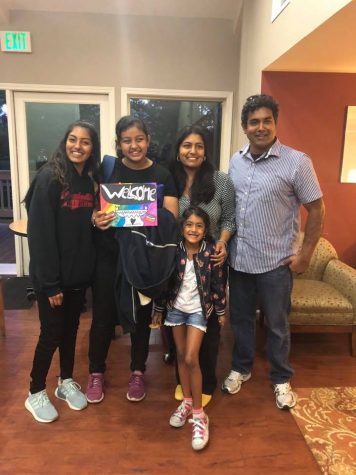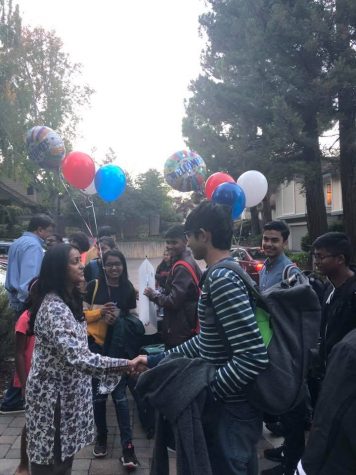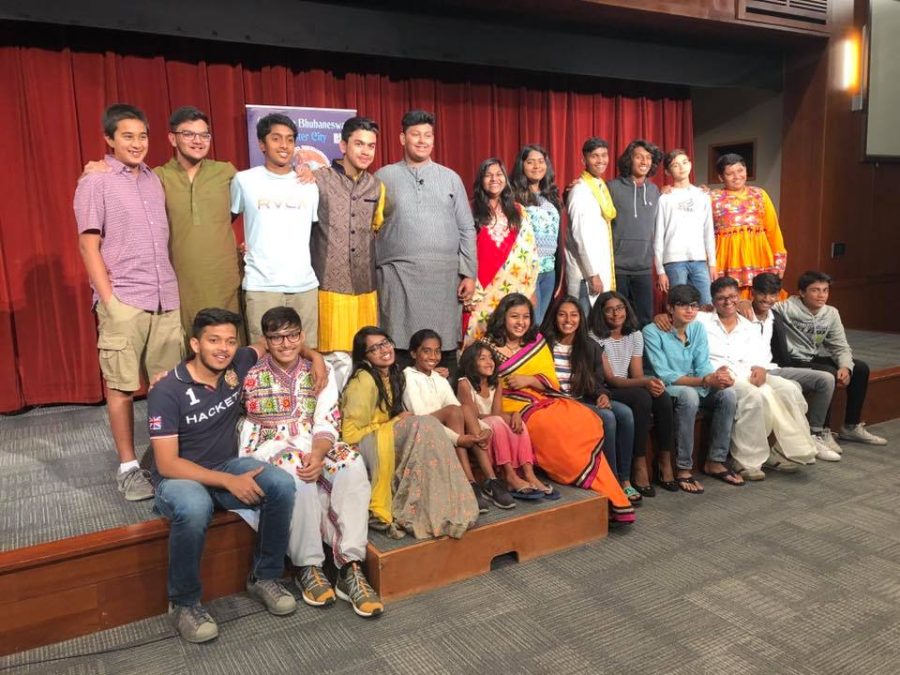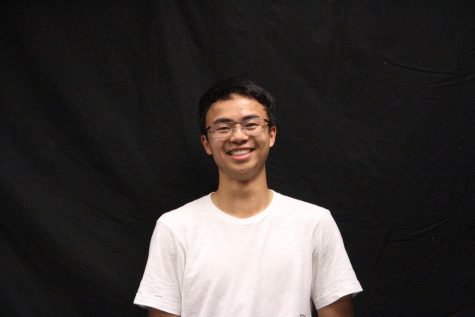India exchange bridges cultural gap
Photo used with permission of Reena Rao
Exchange students from Bhubaneswar, India take a photo at their farewell party, held at Cupertino City Hall.
November 9, 2018
Visiting a new country often fosters an appreciation for other cultures, with new experiences and friends. On Oct. 17, 13 students from SAI International School in Bhubaneswar, India, visited Lynbrook as part of the Cupertino-Bhubaneswar Sister City initiative, a program established to initiate positive relationships between the sister cities. This event marked the first student exchange between the two cities since they became sister cities in November 2012.
The SAI International School is in Bhubaneswar, the capital of Odisha, a state in northeast India. The school, which is named after the Indian saint Sai Baba, ranks first in Odisha and third among all international schools in India. Prospective students applied for the exchange program and were selected by their student government.
During their week-long stay in the Bay Area, the exchange students lived with host students from one of the five schools in the FUHSD. The exchange students met mayor Barry Chang at the Cupertino City Hall and attended a city council meeting. They also toured the Apple Campus and spent a day at Great America, where they were lucky enough to meet Golden State Warriors point guard Stephen Curry.

“I took my exchange student to get the classic Cupertino food: boba,” said senior Keerthana Babu, one of the Lynbrook student hosts. “Everyone was just really crazy about boba; one student bought it every single day she was here.”
While at Lynbrook, the students shadowed their hosts to each of their classes. Lynbrook junior Aanand Kaith, junior Amlan Das’s host student, noted that Das enjoyed meeting Lynbrook teachers, such as Economics and U.S. Government teacher Mr. Williams.
“At Lynbrook, teachers make lots of jokes, and keep the students interested,” Kainth said. “In India, if you fall behind, the teacher won’t slow down, and you’ll have to learn by yourself.”
In general, the students enjoyed Cupertino’s relaxed atmosphere, which they said differed from life in India. Students in India have to wear uniforms to school, and soccer and cricket are the nation’s main sports. At Lynbrook, the exchange students wore the clothes they wanted and observed students playing other sports such as football, baseball and basketball.

“You guys are much more liberal,” said exchange student junior Jyotiraditya Mohanry. “It’s pretty strict [in India].” Babu explained differences between student life in India and California.
“[Their] school doesn’t even allow them to take phones to the school campus,” said Babu. “Here, we can use our phone in some classes.”
Despite their differences, the exchange students also observed similarities they shared with Lynbrook students. They wore American brands such as Abercrombie and Fitch, and due to Cupertino’s large Indian population, they felt at home.
“I think they’re just like us,” Babu said. “They’re addicted to their phones, and most of them are studying for the SAT.”
For both the students and hosts, the program was a fun way to learn about different cultures. Most importantly, perhaps, was the fact that the hosts and students discovered that they share many things in common with each other.




























































